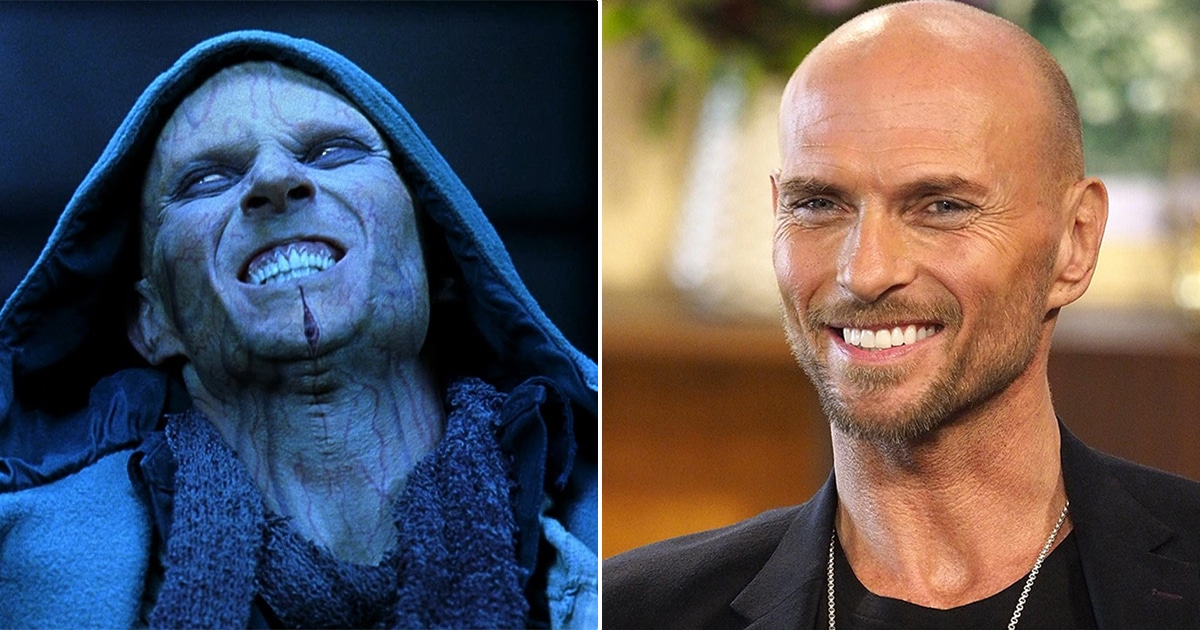Conventional wisdom tells us that the sequel is never as good as the original. Of course, this hasn’t stopped countless numbers of follow-up films being made over the years, with a particular proliferation of such sequels in the horror genre.
A lot of the time, it feels like most beloved horror franchises get progressively worse as more and more films get made. There are exceptions, however. Some horror sequels not only live up to what came before them, but actually manage to make significant improvements.
20. Evil Dead 2
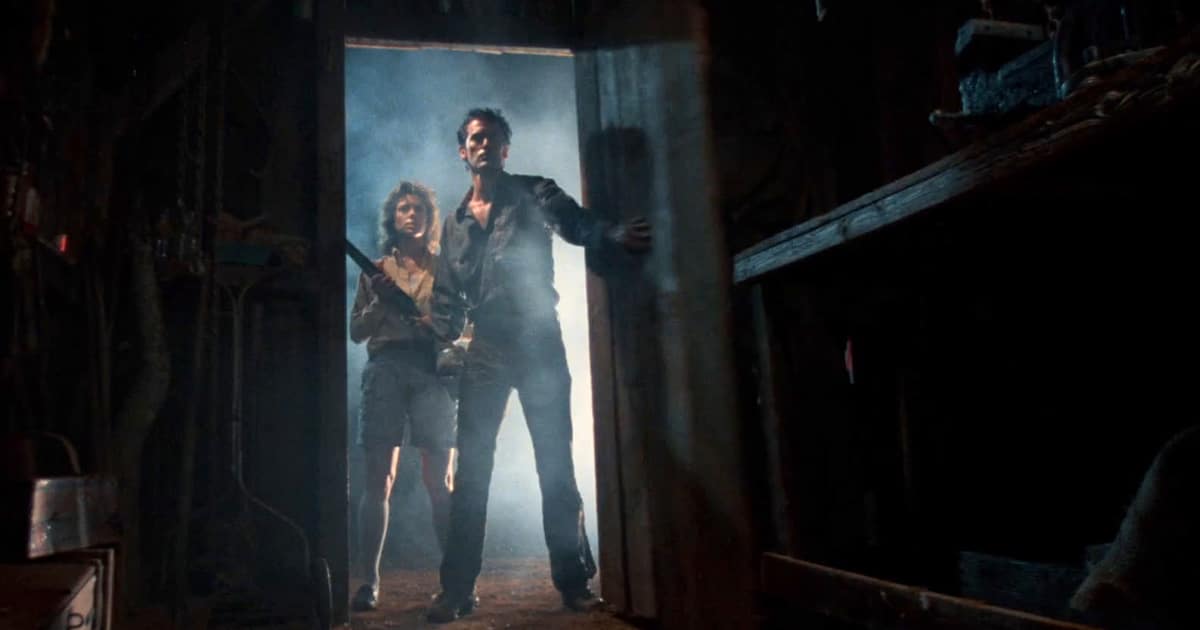
Director Sam Raimi made more of an impact with his first feature, 1980’s The Evil Dead, than most filmmakers manage in their entire career. Today, the original Evil Dead is still held up as a masterpiece, providing a blueprint that countless low-budget horror movies have tried to emulate in the years since. So when we declare 1987’s Evil Dead 2 to be an even better movie, that’s really saying something.
Armed with a considerably larger budget and a more experienced cast – including returning Evil Dead leading man Bruce Campbell – Evil Dead 2 tones down the brutality in favour of more overt comedy. It’s one of the most pitch-perfect balances of horror and humour ever put to film, with head-spinning camera work and a truly iconic turn from Campbell as hapless hero Ash.
19. Dawn of the Dead
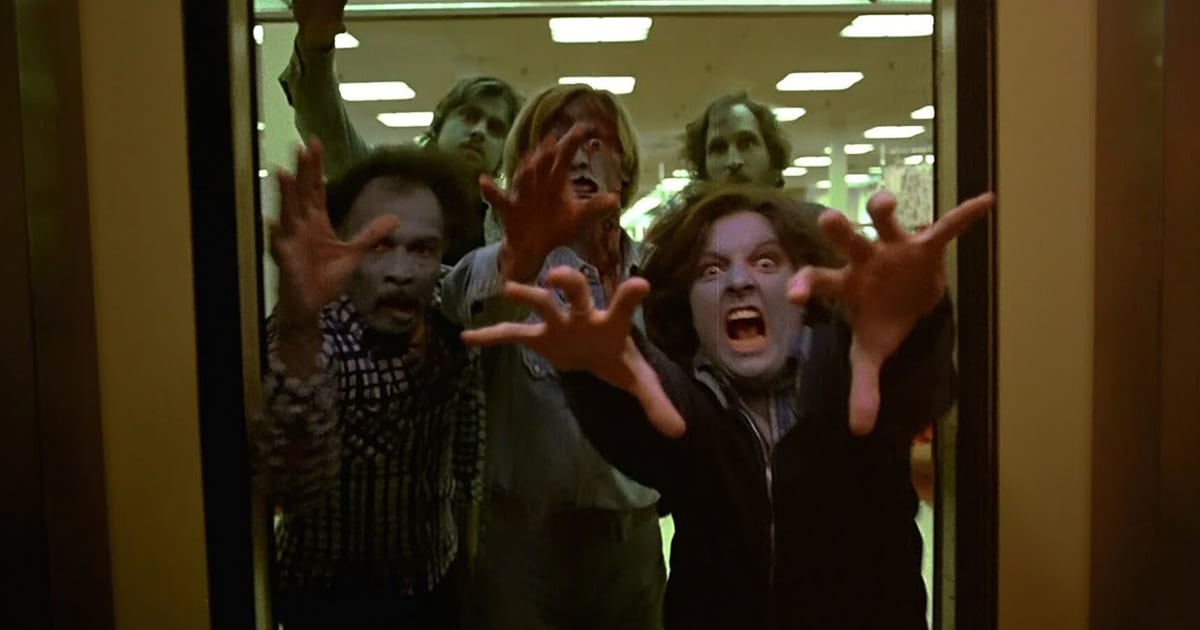
Writer-director George A. Romero’s 1968 classic Night of the Living Dead completely redefined the zombie as one of the key movie monsters, as well as introducing a new sense of realism and social conscience to the horror genre. A decade on from Night came Dawn of the Dead, which took the zombie outbreak concept to a whole new, outright apocalyptic level.
Filmed in lurid colour with special make-up FX that really pushed the boundaries at the time, Dawn of the Dead broke new ground in terms of how grisly horror movies could get. However, the film never loses sight of telling a compelling story, building nuanced characters and finding something to say about the state of the world.
18. Blade II

1998’s Blade was a key turning point for superhero movies, as well as a breath of fresh air for vampires. Sleek and stylish, director Stephen Norrington’s film thrilled audiences and gave Wesley Snipes his signature role as the vampire-hunting ‘daywalker.’ However, when Guillermo del Toro took the helm on 2002’s Blade II, the results were even better.
Whereas the first Blade saw Snipes largely go solo in his vampire hunting, Blade II puts him in charge of a team of moody vampire mercenaries. They’re forced into an uneasy alliance when a new threat emerges: the Reapers, ravenous super-vampires commanded by the horrifying Nomak (who, much to the bemusement of British audiences, is played by Luke Goss, formerly of 80s boyband Bros).
17. The Brides of Dracula
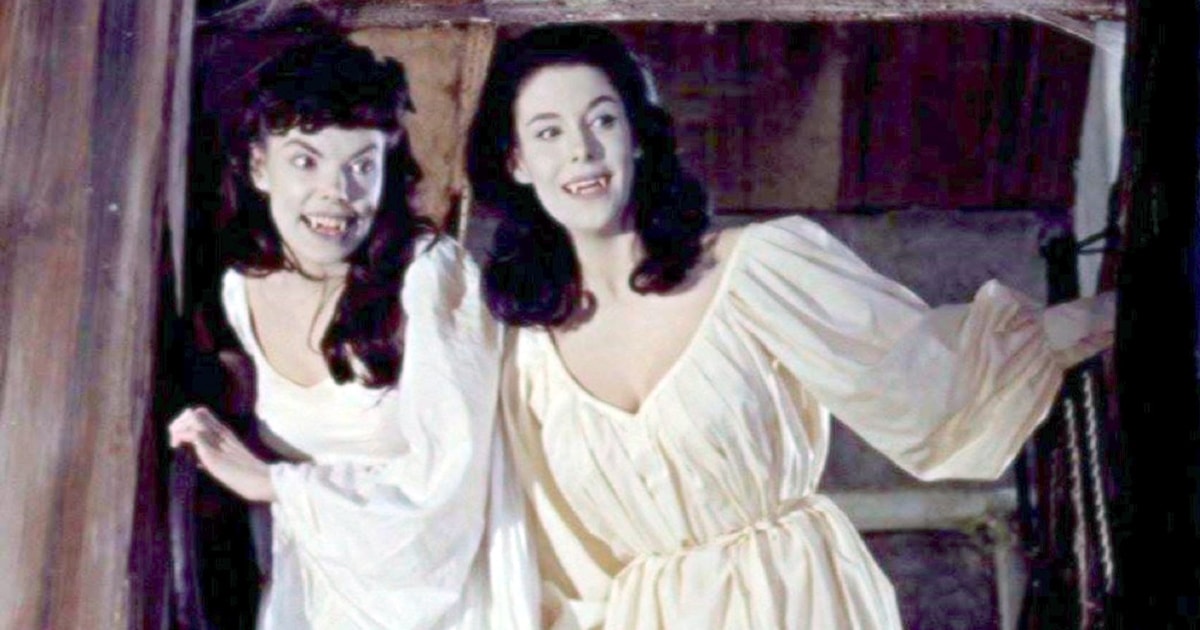
In the late 50s, Gothic horror seemed to have died out – until Hammer Films brought it back in a big way. One of the British production house’s biggest hits was 1958’s Dracula (AKA Horror of Dracula), which sported the Hammer Horror dream team: director Terence Fisher, with actors Peter Cushing and Christopher Lee. Sadly, 1960 sequel The Brides of Dracula does not see Christopher Lee return as Dracula, nor (despite the rather misleading title) does the character himself even appear.
This notwithstanding, The Brides of Dracula improves on the previous film in almost every respect, with lavish set designs and costumes, and more intense action. Peter Cushing gives an even more impassioned performance as the legendary vampire hunter Abraham Van Helsing, who is called out to investigate another case of undead activity at a creepy old castle.
16. Sleepaway Camp 2: Unhappy Campers
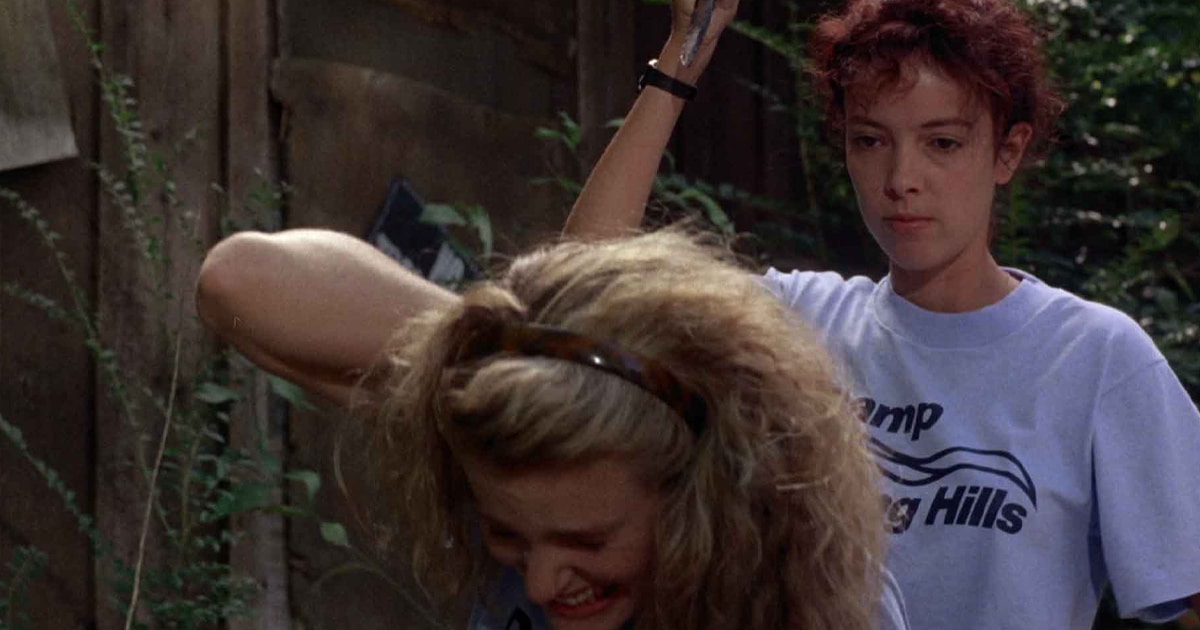
1983’s Sleepaway Camp isn’t the most widely-remembered title to come out of the early 80s slasher movie boom, but many slasher devotees consider it a classic. Its 1988 sequel Sleepaway Camp II: Unhappy Campers casts Pamela Springsteen (sister of rock legend Bruce) as central antagonist Angela Baker, who embarks on another a killing spree at a summer camp full of unruly teens.
It doesn’t exactly reinvent the wheel plot-wise, but Sleepaway Camp II was somewhat ahead of its time, predicting the knowing, ironic take on slashers which Scream would popularise eight years later. Just don’t expect it to be tasteful: Sleepaway Camp II is 80s horror at its trashiest, bulging with gratuitous nudity and progressively more repulsive and ridiculous forms of murder.
15. Ouija: Origin of Evil

2014 horror movie Ouija was not, by anyone’s estimation, an especially great piece of work, even if it made enough of a profit to warrant a follow-up. Happily, for its 2016 sequel, production companies Blumhouse and Platinum Dunes had the good sense to hire one of the best writer-directors working in horror right now: Mike Flanagan, whose other credits include Doctor Sleep, Gerald’s Game and Netflix series The Haunting of Hill House.
A 60s-set prequel, Ouija: Origin of Evil centres on the family members of a bogus spirit medium, who are surprised to find themselves besieged by genuine spirits. In common with Mike Flanagan’s other work, the film sports a powerful slow-burn atmosphere and strong performances from an above-average cast, among them Flanagan’s frequent collaborator Henry Thomas, who appears as a local priest.
14. Gremlins 2: The New Batch
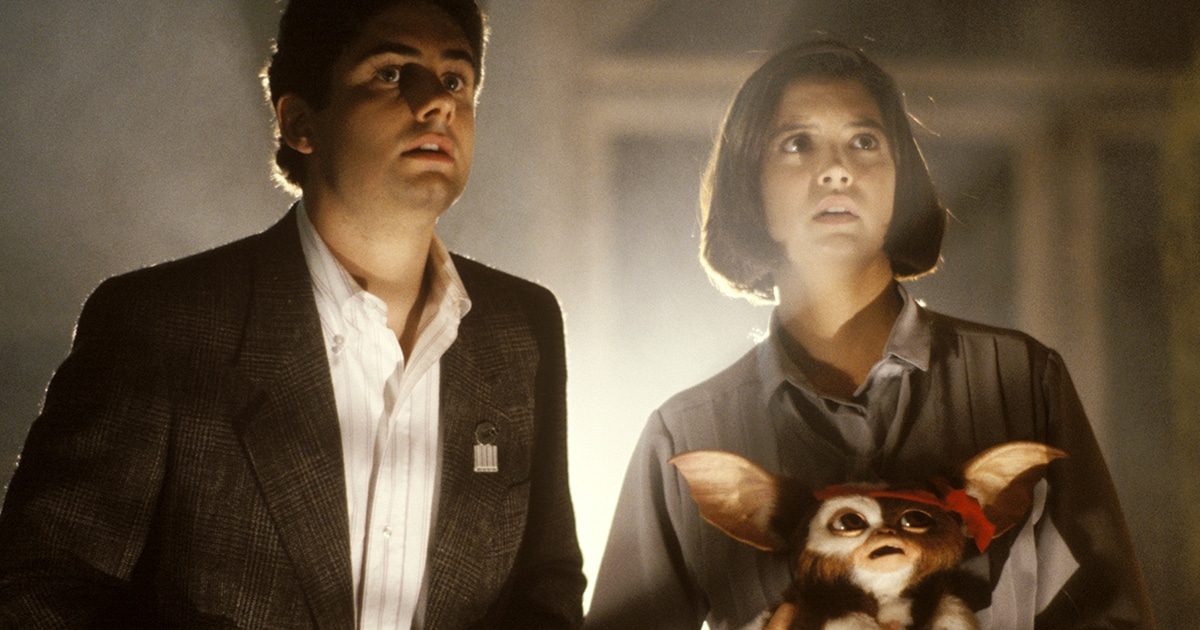
1984’s Gremlins was a groundbreaking blend of family adventure and horror which helped introduce the PG-13 certificate. The sequel put the malevolent little monsters into a whole new setting – a New York skyscraper – and approached the concept with a radically different tone. 1990’s Gremlins 2: The New Batch sees Zach Gilligan’s Billy and Phoebe Cates’ Kate working for an eccentric media tycoon, whose state of the art headquarters is plunged into turmoil by an outbreak of gremlins.
The original was pretty outlandish in its own right, but Gremlins 2 goes completely out of the box. Director Joe Dante piles on the cartoonish, fourth-wall-breaking comedy, whilst heavily sending up 80s yuppiedom and cable TV culture. Gremlins 2 also ups the horror quota, with new, monstrous gremlins spliced with bats and spiders, and the presence of true horror royalty in actor Christopher Lee as the hilariously named Dr Catheter.
13. The First Purge

2013 low-budget horror movie The Purge turned out to be the start of a far bigger franchise than anyone expected. The core concept – a dystopian near-future in which, for one night a year, all crime is legalised – lends itself to any number of reinterpretations in different settings. 2018’s The First Purge (the fourth entry) proved to be the most powerful, entertaining take on the idea.
As the title suggests, it’s a prequel, showing how the original idea of the Purge Night was first put into practice in New York’s Staten Island. In the face of certain death, members of the local community – among them social activist Nya (Lex Scott Davies) and drug dealer Dmitri (Y’Lan Noel) – must put aside their differences and fight back together.
12. 10 Cloverfield Lane
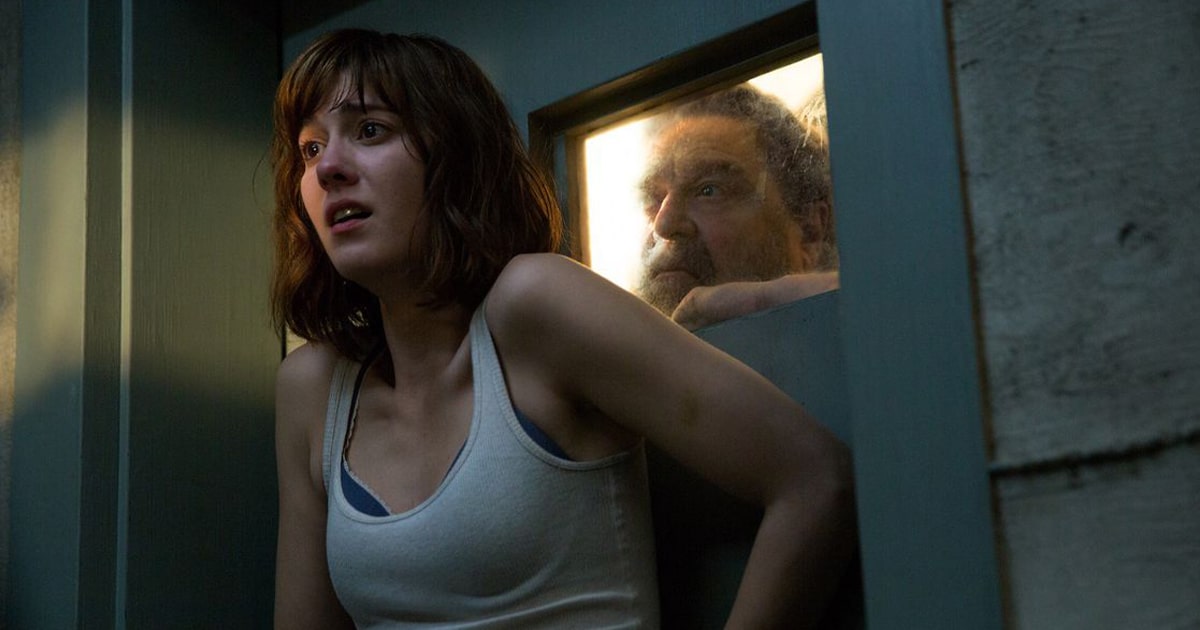
As movie franchises go, the Cloverfield series is pretty unusual. The 2008 original was a standalone monster movie shot in found footage style. There’s basically no narrative link between that film and 2016 sequel 10 Cloverfield Lane (and the less said about 2018’s The Cloverfield Paradox, the better). Still, the J.J. Abrams-produced series definitely reached its peak with the second instalment from director Dan Trachtenberg (Prey).
Mary Elizabeth Winstead stars as Michelle, a woman who unwittingly finds herself being held in an underground survival bunker by John Goodman’s imposing Howard, who claims the outside world is no longer safe following some unknown attack. However, with no readily available evidence of what is actually going on topside, neither Michelle nor the audience know whether Howard is to be trusted or not.
11. Leprechaun in the Hood
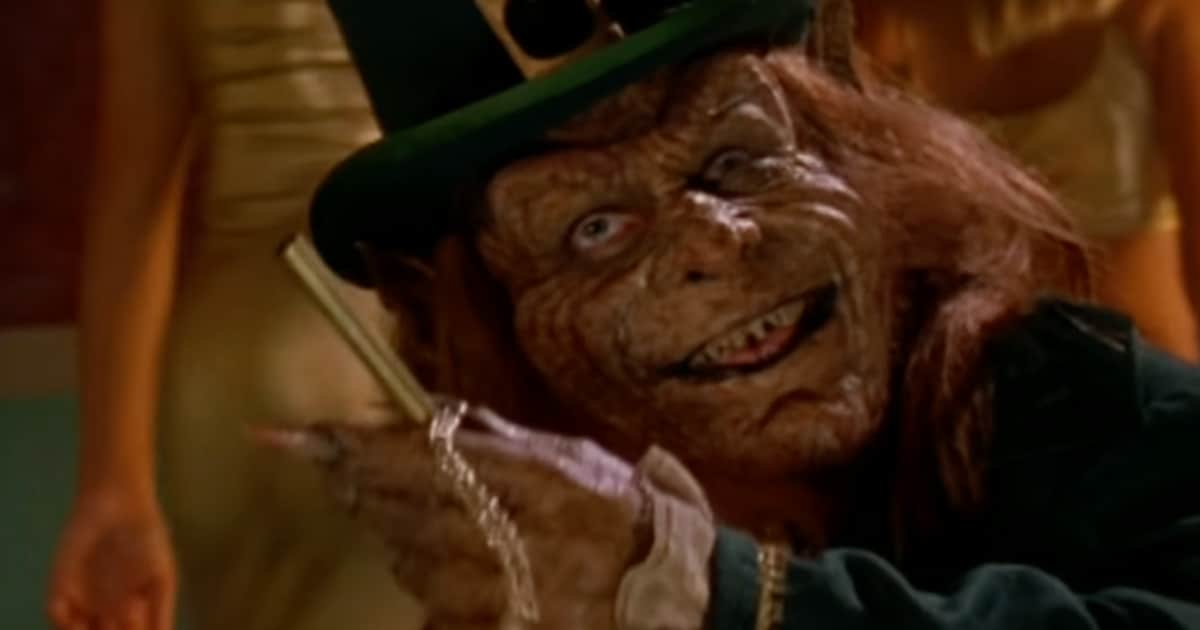
Since the Leprechaun series kicked off with the 1993 original, it has prided itself on being one of the most outlandish horror franchises ever. The more ridiculous the movies have gotten, the better – and you can’t get much more ridiculous than 2000’s fifth film Leprechaun in the Hood. Yes, it’s even sillier than the fourth entry in the series, which sent the Leprechaun to outer space
Warwick Davis reprised the title in this direct-to-DVD schlockfest, which sees the evil Irish imp let loose in South Central LA. Here, his magical golden flute is found by some struggling rappers, who use the Leprechaun’s magic to improve their fortunes – but at a price. The film proved popular enough for the team behind it to revisit the format with the next sequel, 2003’s Leprechaun: Back 2 tha Hood.
10. The Devil’s Rejects

Audiences and studio execs alike were taken aback when rocker Rob Zombie made the move into filmmaking with his unhinged directorial debut House of 1000 Corpses. However, by the time Zombie’s sequel The Devil’s Rejects arrived in 2005 (post-Saw), mainstream audiences were ready for nastier stuff. Good job really, as The Devil’s Rejects is one of the most brutal, mean-spirited films ever to come out of a major Hollywood studio.
Picking up where House of 1000 Corpses left off, The Devil’s Rejects sees the sadistic Firefly clan on the run from the law, prepared to do anything to keep their freedom. Viewers need a strong stomach, but if you can handle the persistent, unrepentant nastiness, then you might also be able to appreciate the intriguing characters and jet-black humour.
9. [REC] 3: Genesis
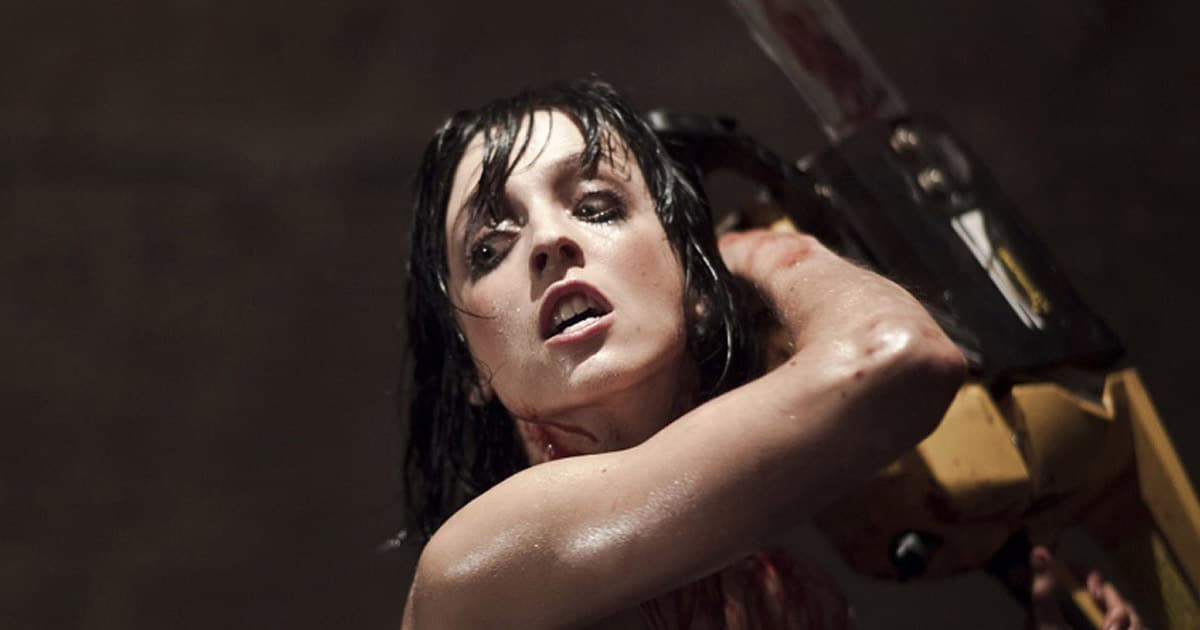
2007 Spanish production [REC] was one of the most influential horror movies of the early 21st century. Presented as the footage of a cable news team, the film helped inspire both the new wave of found footage horror, and the resurgence of zombie movies. While 2009’s [REC] 2 continued the same story directly in the same found footage format, 2012’s [REC] 3: Genesis is a refreshing break from series convention.
Showing the original film’s zombie outbreak from a new perspective, [REC] 3 finds an idyllic wedding reception turning into a nightmare as the guests literally start devouring one another. Director Paco Plaza’s film ditches the found footage approach early, adopting a more traditional horror style to the previous [REC] movies, as well as significantly upping the humour.
8. Wrong Turn 2: Dead End
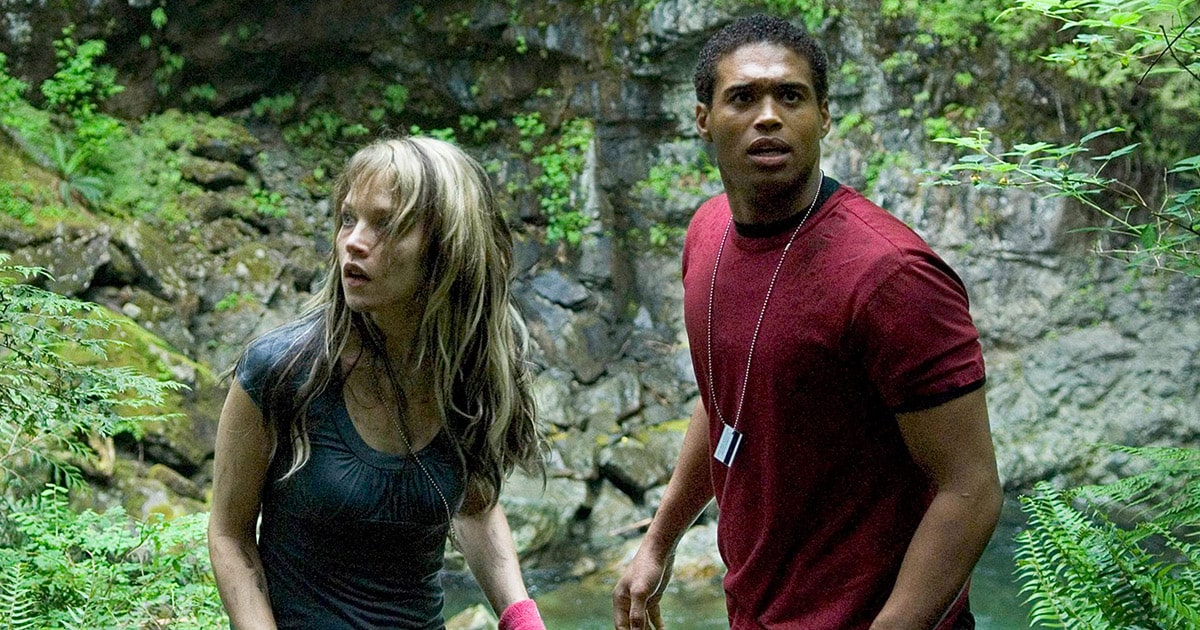
2003’s Wrong Turn was a backwoods horror in the vein of The Texas Chain Saw Massacre and The Hills Have Eyes. A hard-edged, violent shocker, director Rob Schmidt’s film helped usher in a new era of gritty, ordeal-based horror. However, its 2007 direct-to-DVD follow-up Wrong Turn 2: Dead End approaches the concept with a considerably lighter touch, and winds up a lot more fun to watch as a result.
Directed by Joe Lynch (Everly, Mayhem), Wrong Turn 2: Dead End centres on a survival-based reality TV show whose cast and crew are sent into the same woods that are home to the mutant cannibal family of the first movie. While still gruesome, the sequel boasts a far stronger sense of humour than its predecessor, as well as a more charismatic cast, headed up by Henry Rollins as a former US Marine-turned-reality show host.
7. Return of the Living Dead 3
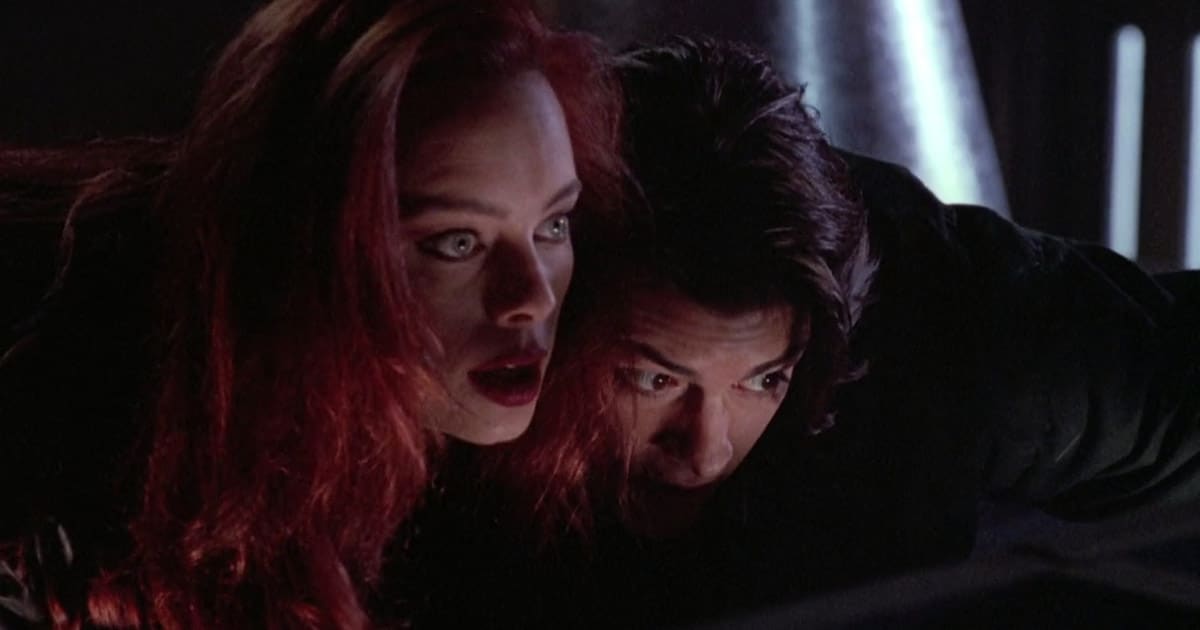
As demonstrated a number of times on this list, many horror sequels that improve on their predecessors do so by adopting a more light-hearted tone. By contrast, 1993’s Return of the Living Dead 3 improved on its predecessor by taking a far more serious approach than 1985’s tongue-in-cheek The Return of the Living Dead and its even more cartoonish 1988 follow-up.
Directed by Brian Yuzna (Society, Beyond Re-Animator), the film centres on angsty Gen-X teens Julie (Melinda Clarke) and Curt (J. Trevor Edmond), whose romance is thrown into turmoil when Julie is accidentally exposed to 2-4-5 Trioxin, the deadly gas that turns those who inhale it into the living dead. A horrific spin on Romeo and Juliet ensues – only in this version of events, our ‘Juliet’ turns into a deadly zombie with a penchant for alarming body modifications.
6. Twins of Evil

Following on from 1970’s The Vampire Lovers and 1971’s Lust For a Vampire, Twins of Evil was the final entry in Hammer’s Karnstein trilogy, loosely inspired by J. Sheridan Le Fanu’s classic vampire story Carmilla. Admittedly the narrative link between the three films is loose, but Twins of Evil is the clear highlight of the short-lived series, and one of the most entertaining vampire movies ever produced by the esteemed British horror hit-makers.
Real-life identical twins Mary and Madeleine Collinson star as Maria and Frieda, orphaned twin sisters sent to live with their puritanical uncle (Peter Cushing) in a village of Karnstein, ruled over by the decadent Count Karnstein (Damien Thomas). While Maria is sweet and innocent, the rebellious Frieda winds up being turned into a vampire, and lurid thrills aplenty ensue.
5. Friday the 13th Part VI: Jason Lives
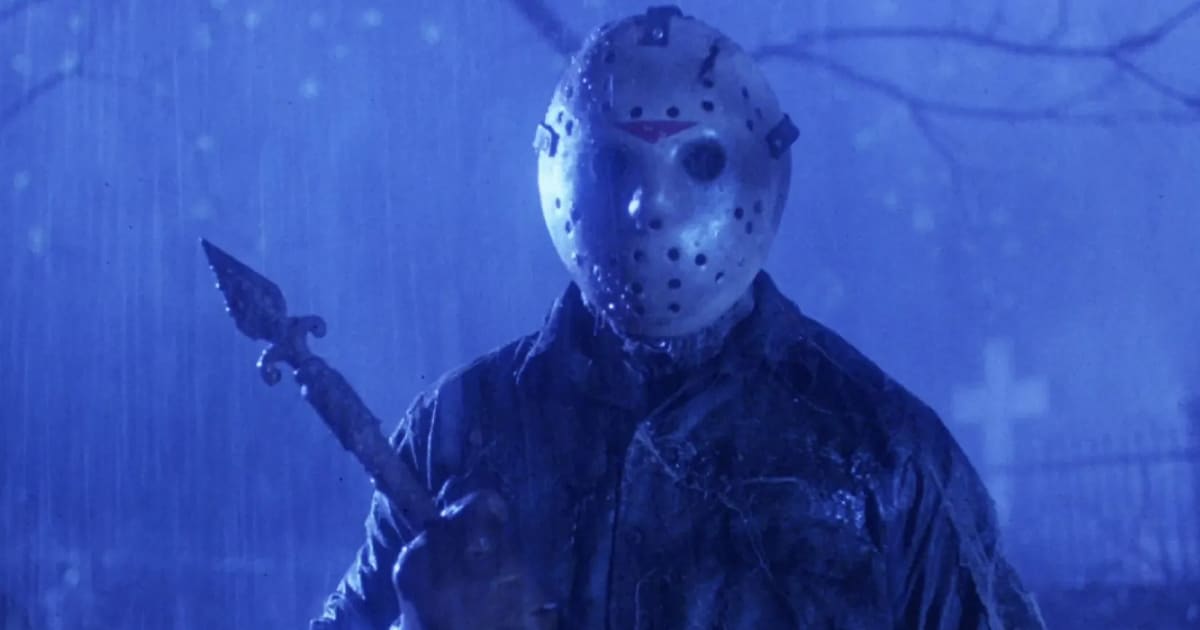
It’s usually anticipated that the longer a series goes on, the poorer each subsequent entry is going to get. Surely by the time any franchise goes as far as six films, it will have run out of places to go – right? Well, not always, as 1986’s Friday the 13th Part VI: Jason Lives proved to be the pinnacle of the long-running slasher series, following the murderous misadventures of the masked maniac Jason Voorhees.
The earlier Friday the 13th films had only hinted at the possibility of unearthly powers on the part of its antagonist. Part VI, however, dives headfirst into unambiguously supernatural territory, bringing the hockey mask-wearing maniac back from the dead with a bolt of lightning. From there, Jason Lives offers high-energy entertainment all the way, and while it’s a lot less grisly than many of the Friday the 13th films to have come before and since, it’s tons of fun to watch.
4. Final Destination 2

The most inventive film to arrive during the post-Scream teen horror boom was 2000’s Final Destination. Opening with a bunch of teens dying in an exploding plane thanks to a premonition, the film then follows the survivors as one by one they’re picked off by an invisible, unstoppable force: death itself, which comes for them via ever more unlikely and spectacular ‘accidents.’
Final Destination set a formula that its four sequels would milk thoroughly, and 2003’s Final Destination 2 (which sees another group of teens avoid dying in a highway pile-up) is arguably the best of the bunch. Disregarding the more sombre overtones of the first film, the sequel embraces the entertainment value of the absurd ‘accidental’ deaths, piling on the dark humour and the crowd-pleasing gore.
3. Bride of Chucky
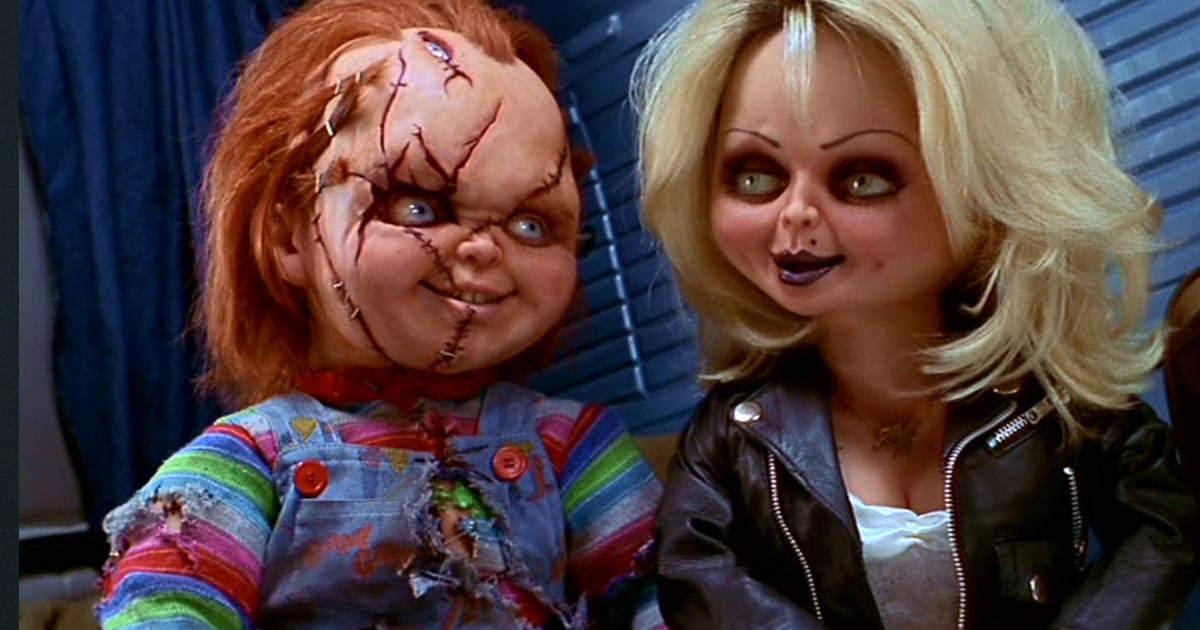
1988’s Child’s Play was one of the most enduringly popular horror movie franchises to have emerged in the 80s, but the series arguably didn’t reach its peak until the fourth film arrived a full decade after the original. 1998’s Bride of Chucky fits in nicely with the post-Scream wave of slasher movies, adding a hearty dose of self-referential humour to the mix.
The sequel also significantly rejuvenates the Child’s Play formula with the addition of Jennifer Tilly as Tiffany, the one-time lover of Brad Dourif’s Chucky back when he was human – although she too soon joins him in rubber doll form. Directed by Ronny Yu (who went on to make Freddy vs. Jason), Bride of Chucky is easily the most stylishly-made film of the series, with the most energetic action to boot.
2. The Bride of Frankenstein

1931’s Frankenstein was, and remains, a true landmark in film history, cementing studio Universal Pictures as the pioneers of the horror film. Hand in hand with this, the film also established actor Boris Karloff and director James Whale as two of the greatest talents on the studio’s roster. Despite this, Whale was reluctant to direct a sequel, and only agreed to make 1935’s The Bride of Frankenstein on the condition that he be given total creative control.
The resulting film surpassed the original in every respect, and is still held up to this day as one of the greatest sequels of all time. A grander, more operatic film than its predecessor, boasting more creative camerawork, more powerful performances and a thick streak of macabre humour, The Bride of Frankenstein delves deeper into the tragic nature of Karloff’s creature, as well as introducing Elsa Lanchester as his ill-fated would-be Bride.
1. A Nightmare on Elm Street 3: Dream Warriors
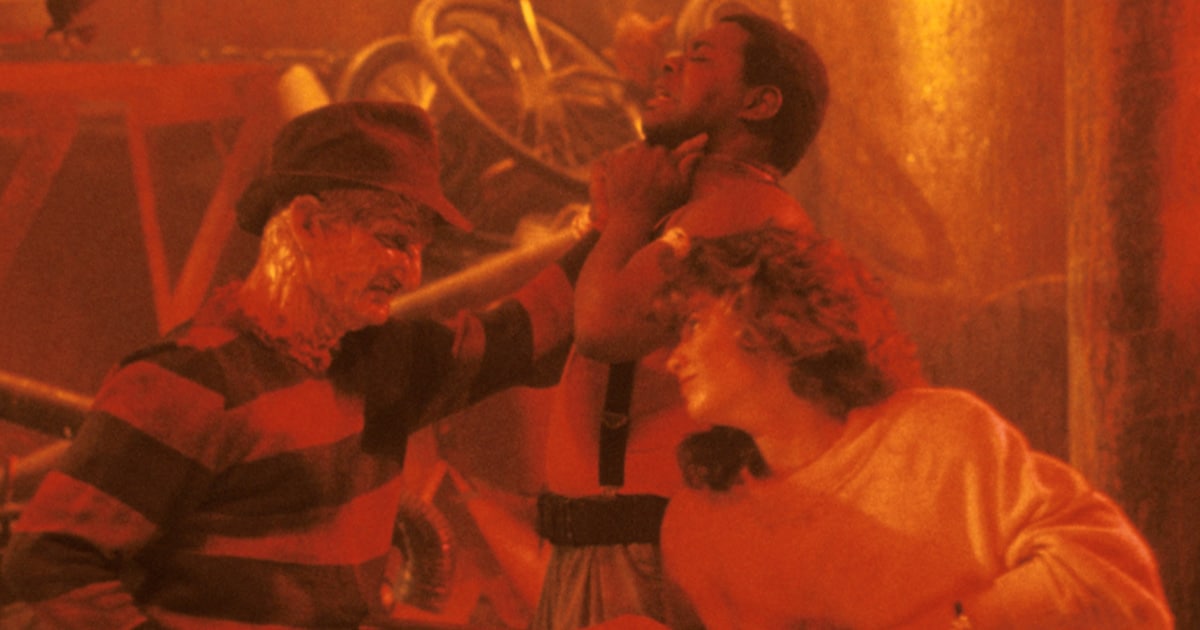
Wes Craven’s 1984 horror hit A Nightmare on Elm Street captured the imagination of filmgoers everywhere, making an instant icon out of Robert Englund’s hideous scar-faced killer Freddy Krueger. While 1985 follow-up A Nightmare on Elm Street 2: Freddy’s Revenge is not without its merits, it was on 1987’s A Nightmare on Elm Street 3: Dream Warriors that they really got the best out of Freddy.
Dream Warriors sees the return of the original film’s Nancy (Heather Langenkamp, in her second of three appearances in the series), now a twenty-something therapist working at a clinic for troubled teens (among them a young Patricia Arquette), all of whom are being targeted by Freddy in their dreams. Under Nancy’s guidance, the teens learn to take control in the dream world and fight back against the lord of nightmares, leading to a thrilling, reality-bending conflict.

